Medical marketing best practices have changed a great deal over the past 10 years — here’s what a solid strategy looks like in the digital age.
There’s no denying that in the digital age, a successful medical marketing strategy looks quite different than it did a decade ago. The path to treatment has fundamentally changed, and patients are now using the internet to seek out information, compare all of the options, and make their own decisions about their health.
While this might seem like a barrier to success for some, it can actually be leveraged as a strategic advantage — so long as the proper approach is taken. Today, a successful program is three-pronged, enabling you to properly engage patients, provide them with educational information, and ultimately, motivate them to take a desired action.
1. Controllable Medical Practice Marketing
“Controllable” medical practice marketing involves all aspects of a practice’s online presence over which it has complete control. This includes its website (desktop and mobile), its blog, social media presence, and search directory listings. The primary purpose of these assets is engage and connect with new and existing patients, establish credibility and trust, and provide real value via a steady stream of helpful, informative content. These efforts should always be made with search engine optimization (SEO) best practices in mind, which will help to maximize brand visibility and ensure your practice is easily discoverable online.
2. Partially Controllable Medical Practice Marketing
“Partially controllable” refers paid tactics, such as search engine and social media advertising, that practices can use to guide consumer behavior. This opportunity may be limited by a number of factors, including the size of the practice’s budget. However, medical marketers can use demographic and location-based targeting to reach highly specific audiences, thereby reducing their overall ad spend while boosting click-throughs, on-site conversions, and ultimately, their campaign’s ROI.
3. Non-Controllable Medical Practice Marketing
At the end of the day, peer referrals are arguably still the most effective way to attract new patients to a medical practice; however, the internet has fundamentally changed word-of-mouth marketing, expanding its very definition and all of the considerations involved. Social media has had a huge impact, and today, getting a retweet, a “like” or “share” on Facebook, a positive review, or a blog repose are just as important as a traditional word-of-mouth referral. That’s because all of these elements combined give the impression of approval to a much wider audience than your practice may have even initially set out to target.
While this prong is arguably “non-controllable” in the sense that it relies on a patient’s decision to take an action, you can increase the likelihood for a referral by providing a steady stream of valuable content via social media and your blog.
Success today means creating a seamless, high-quality experience for patients online — that means ensuring they can find your brand, are properly engaged, and have seamless access to necessary information throughout their path to treatment. In an increasingly competitive online healthcare market, you need to make sure all of your bases are covered — even one missing link in the digital chain will put you at a serious disadvantage when it comes to attracting new patients.
















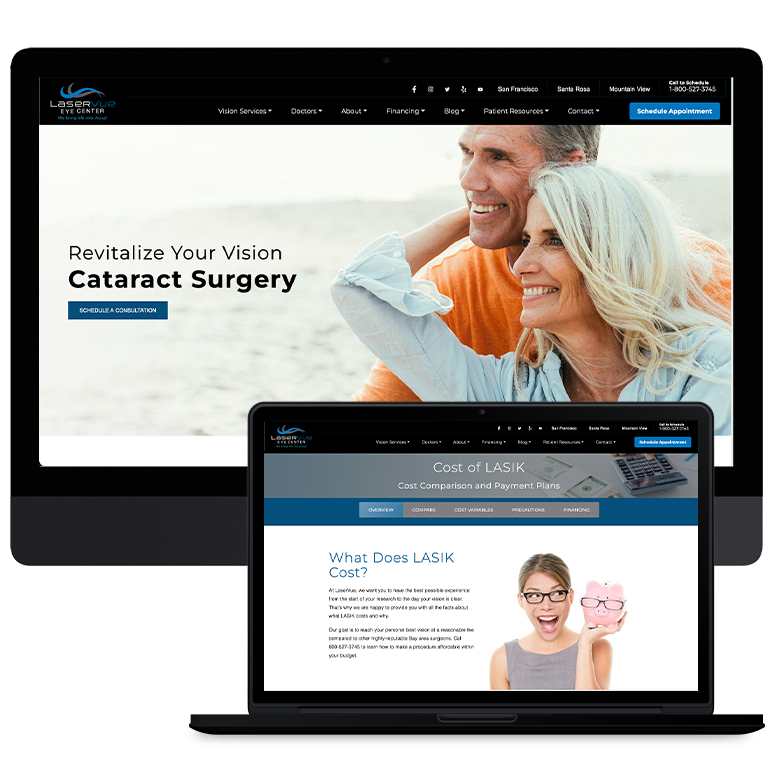
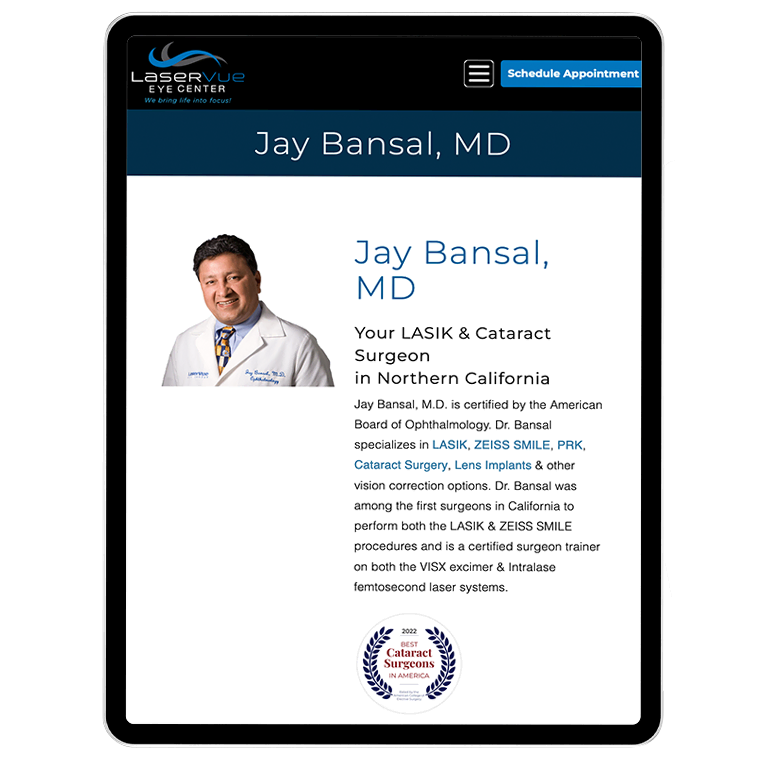


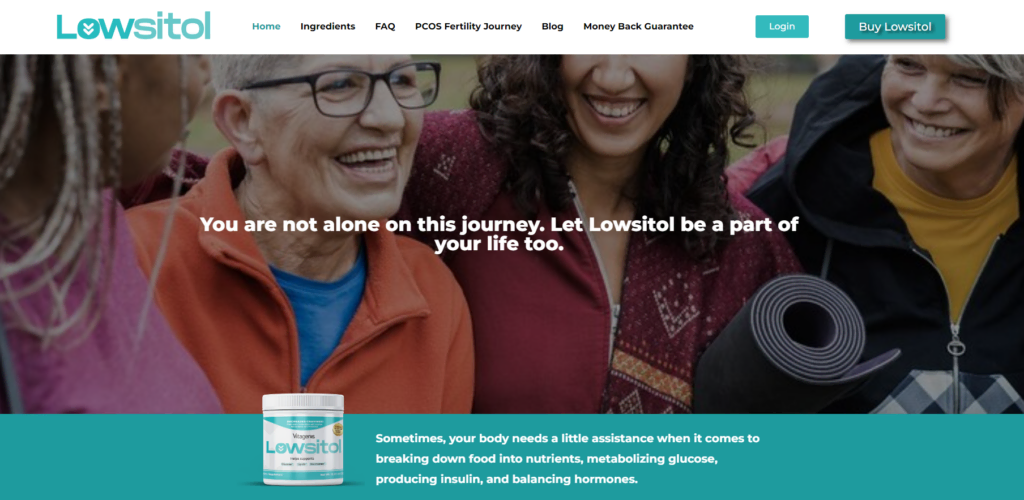


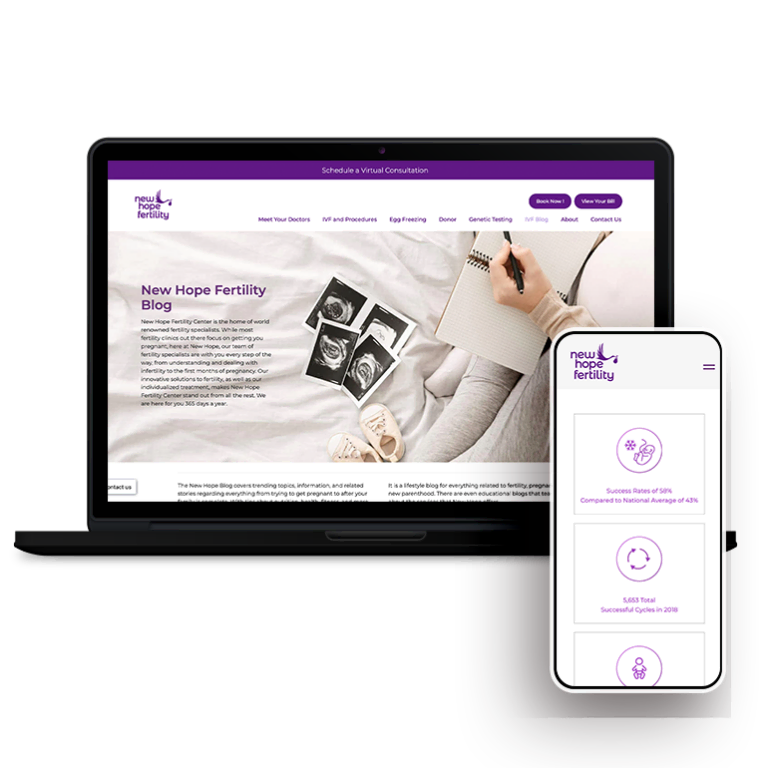


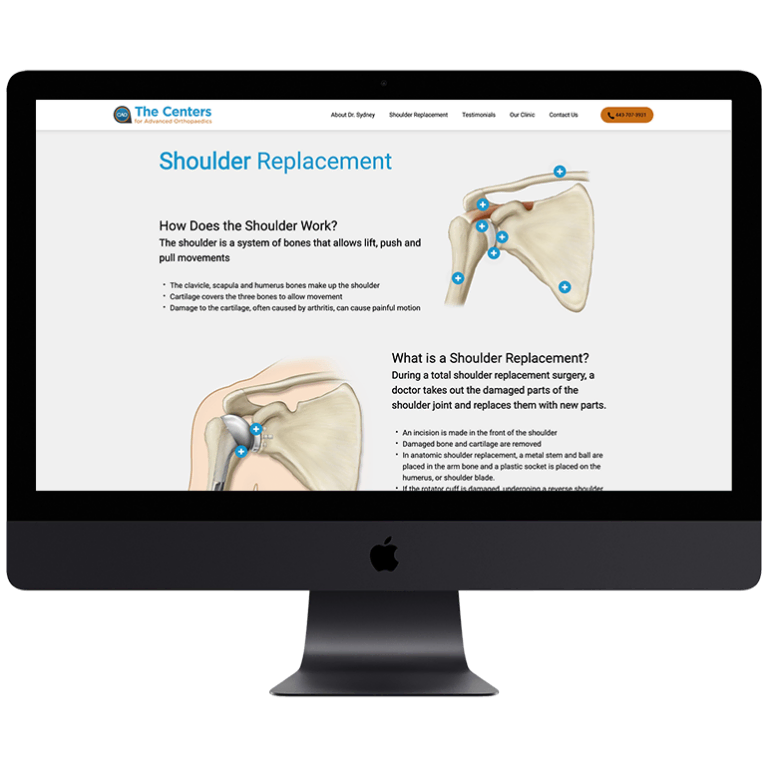




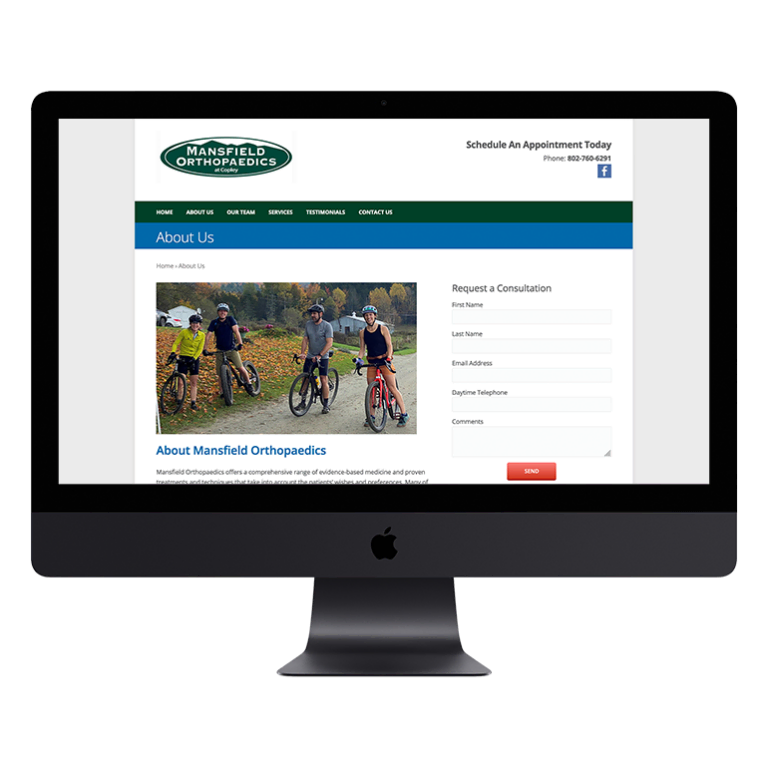
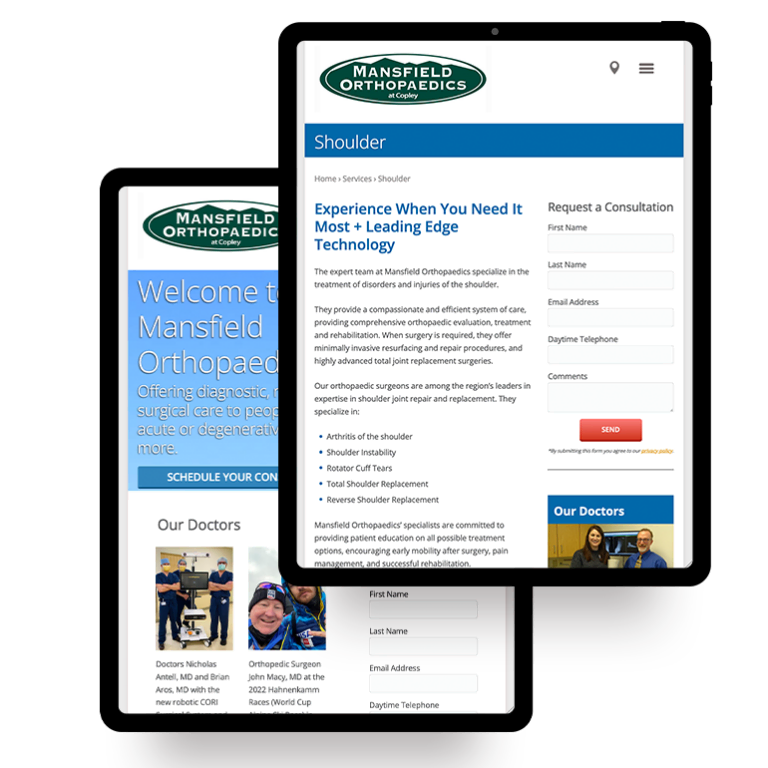

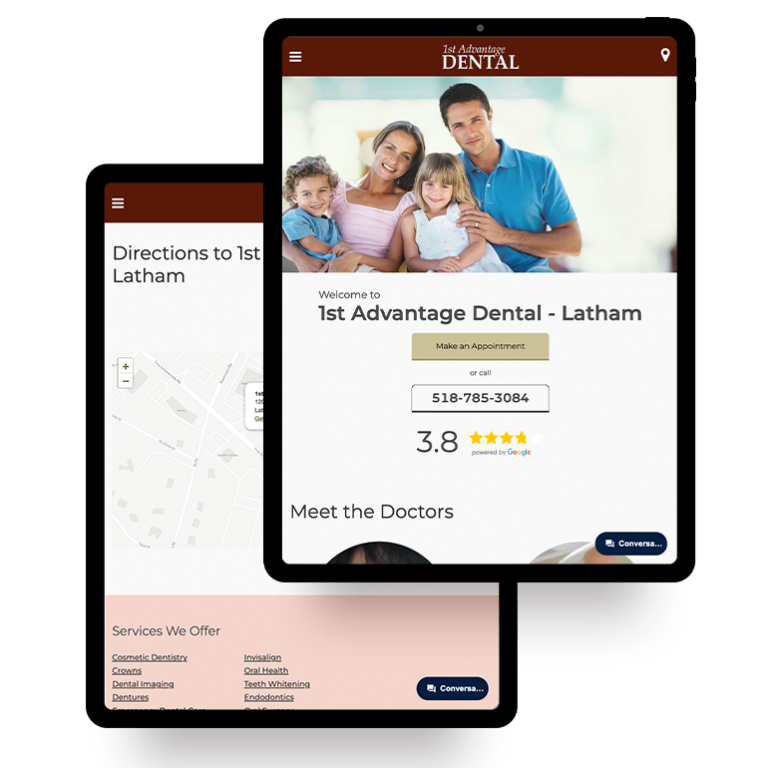

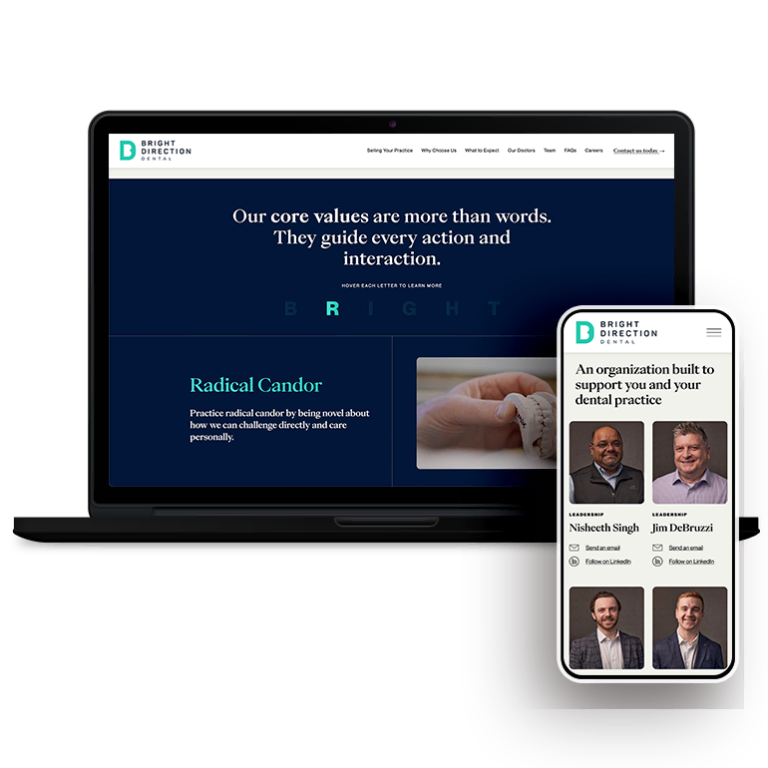
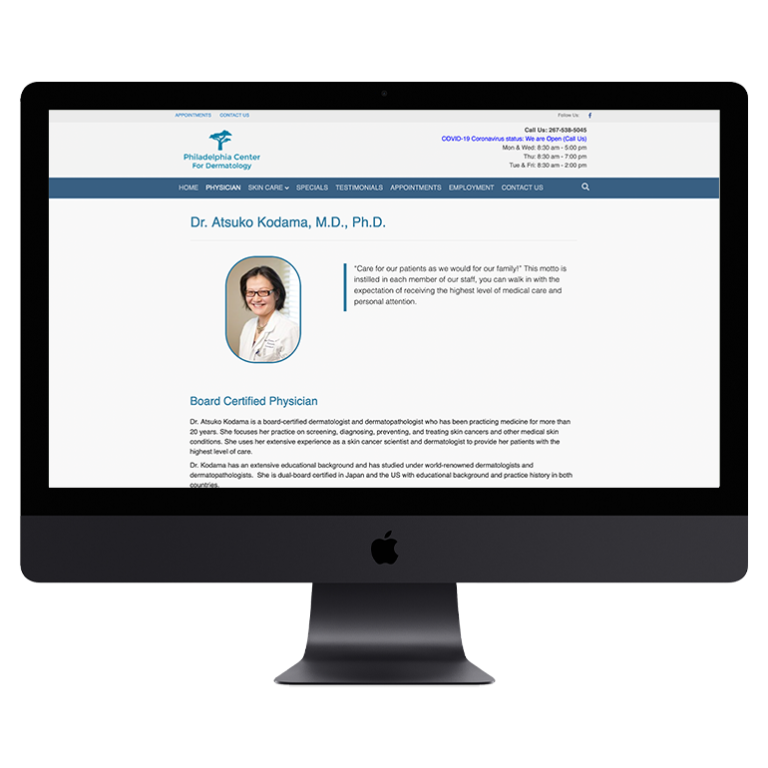
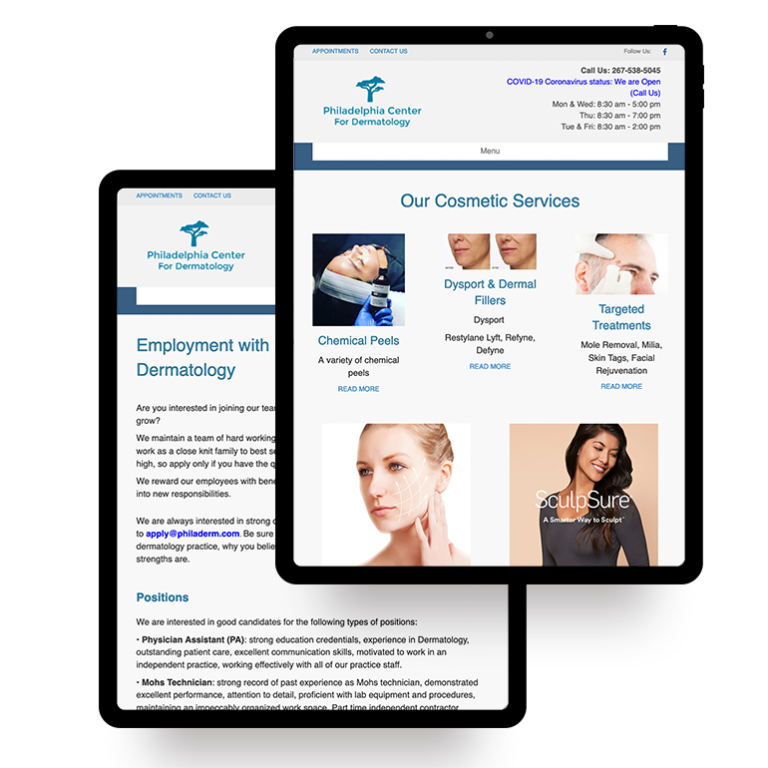



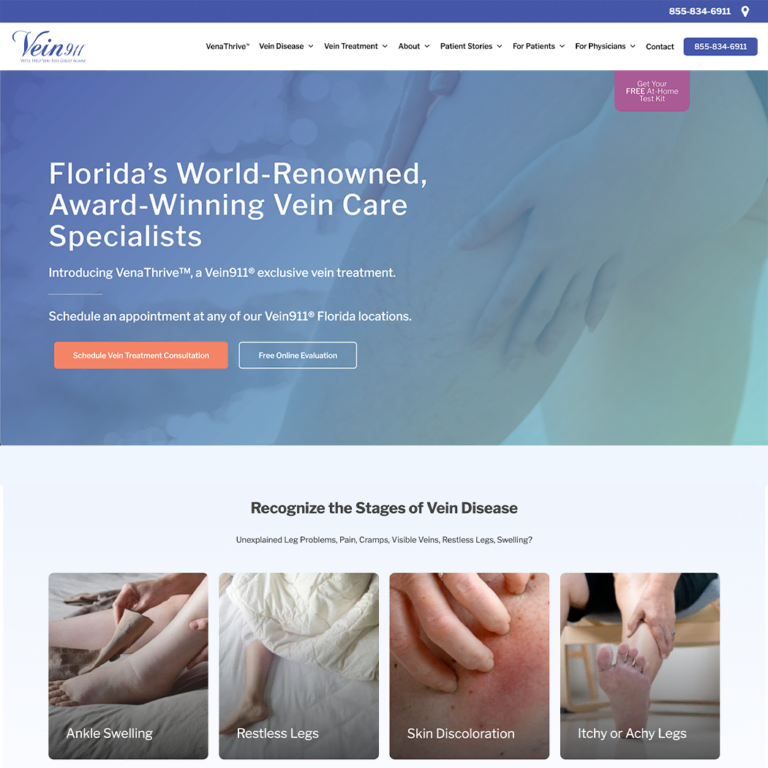
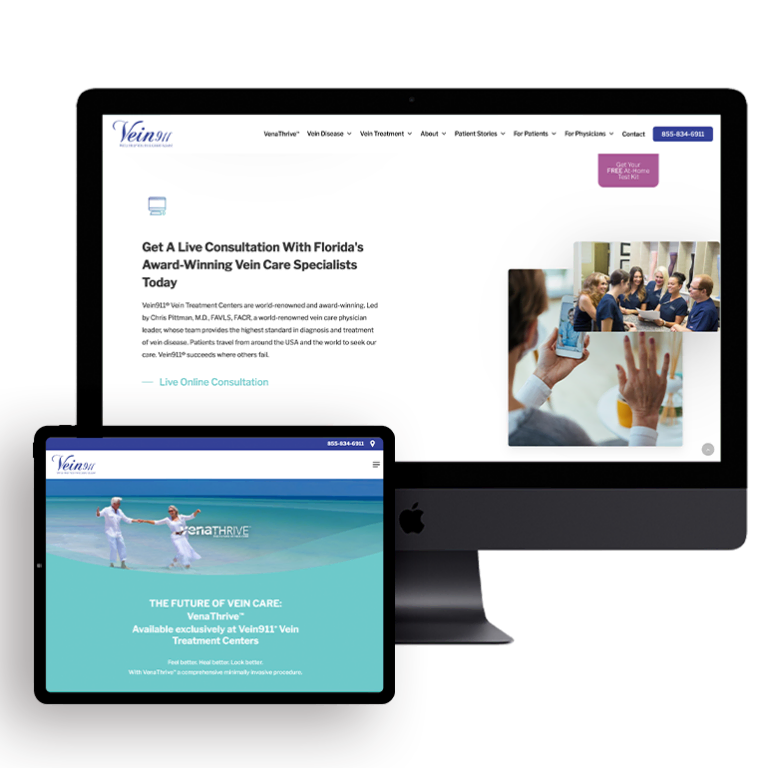
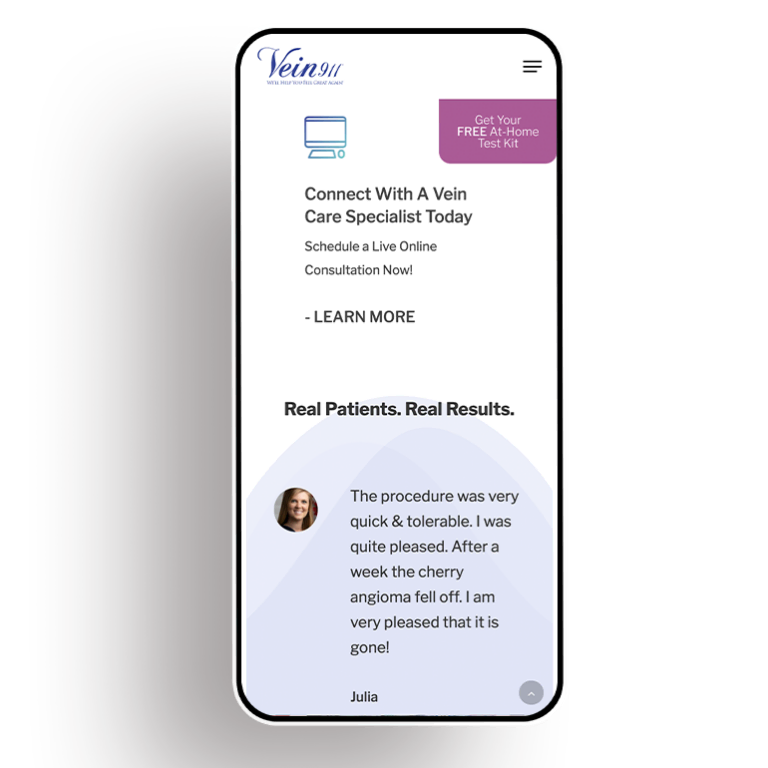
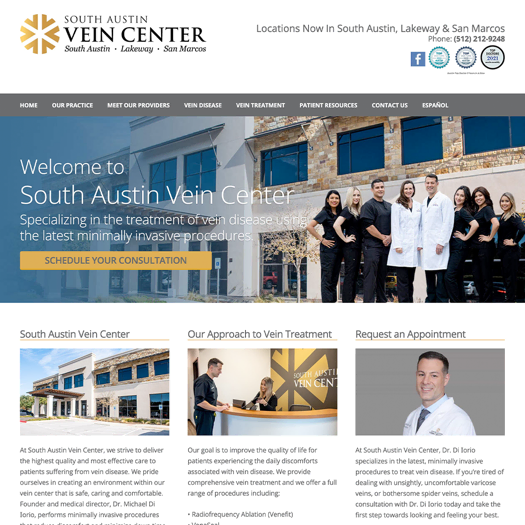
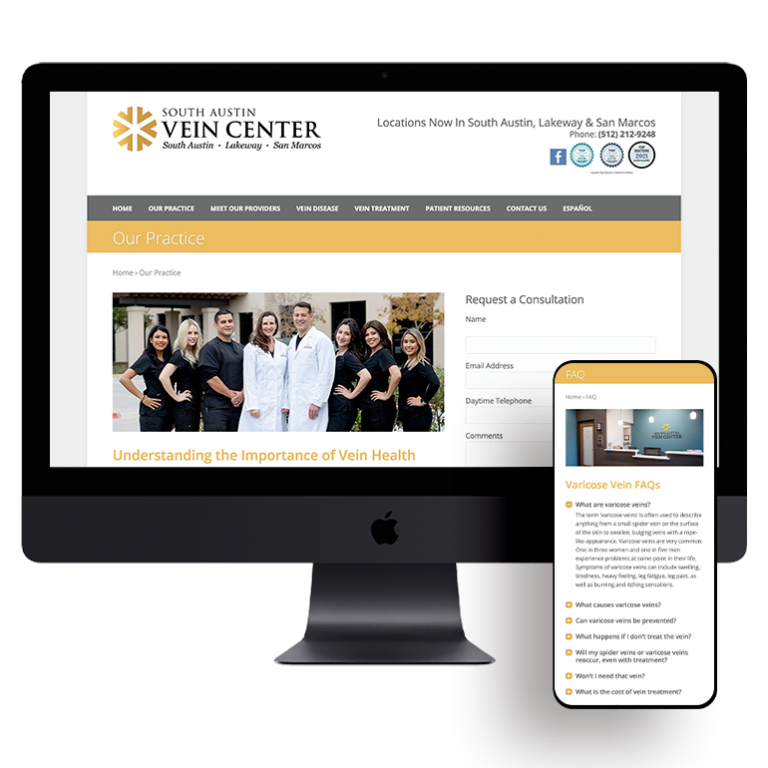
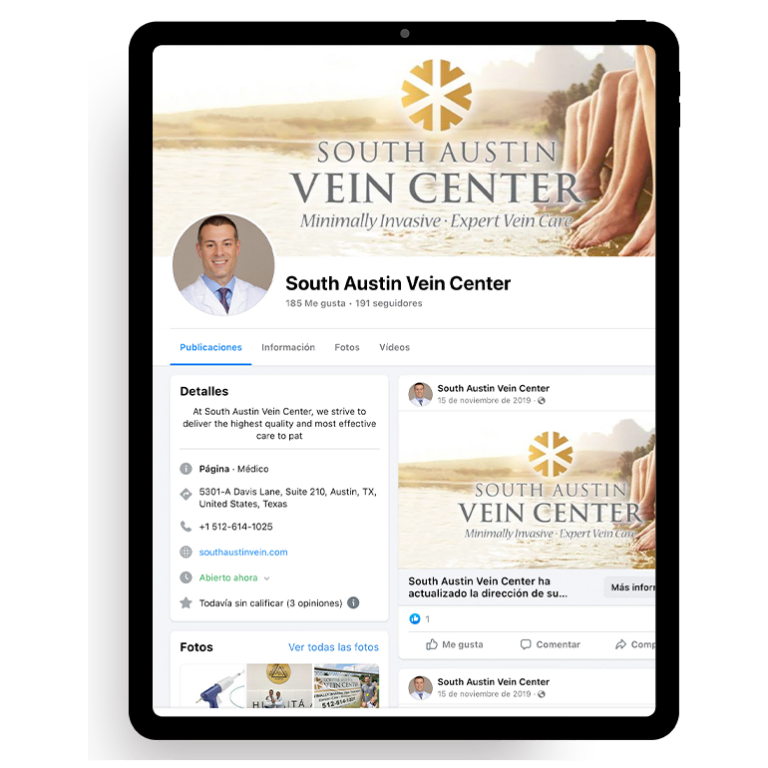



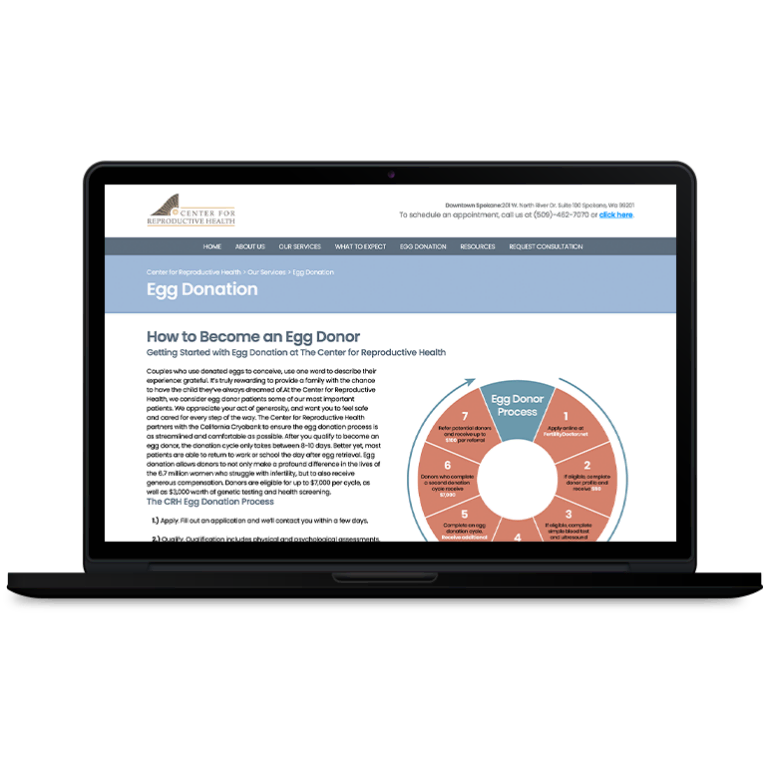
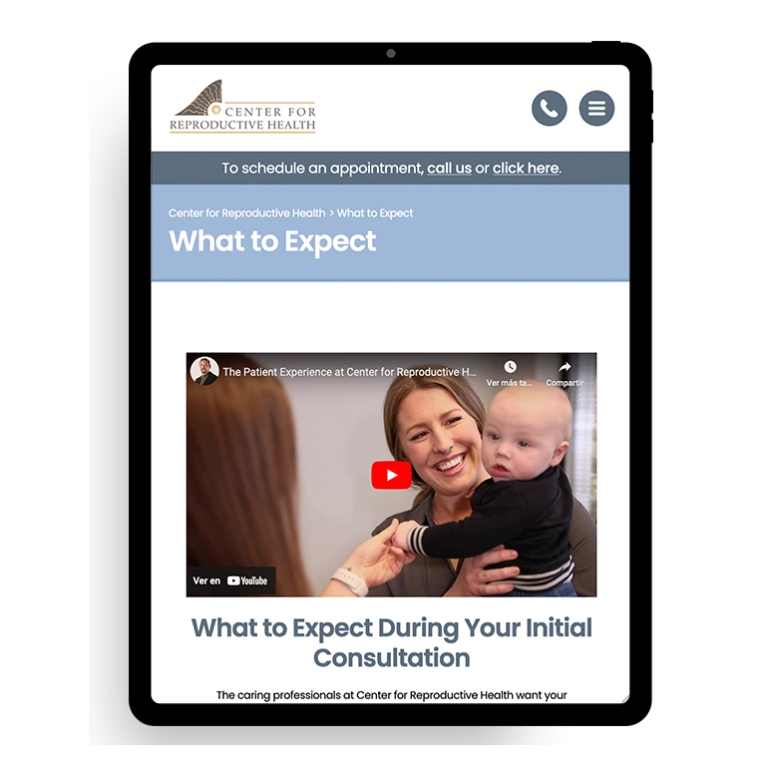
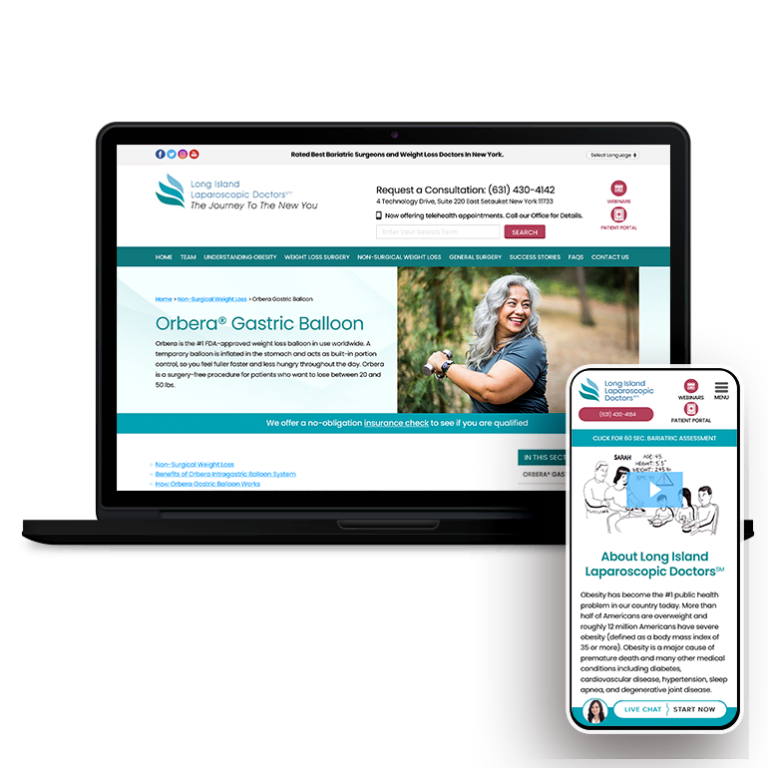
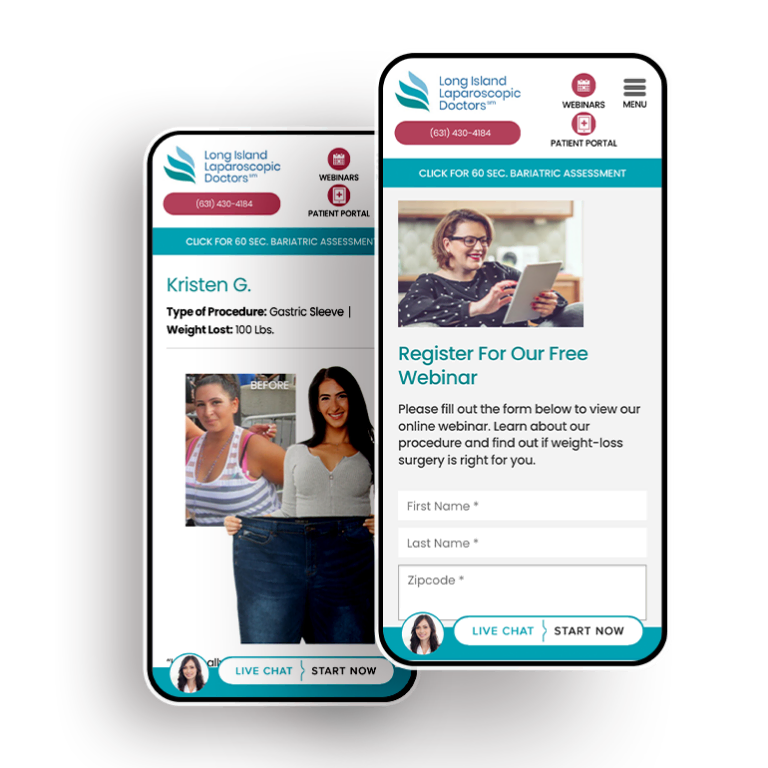
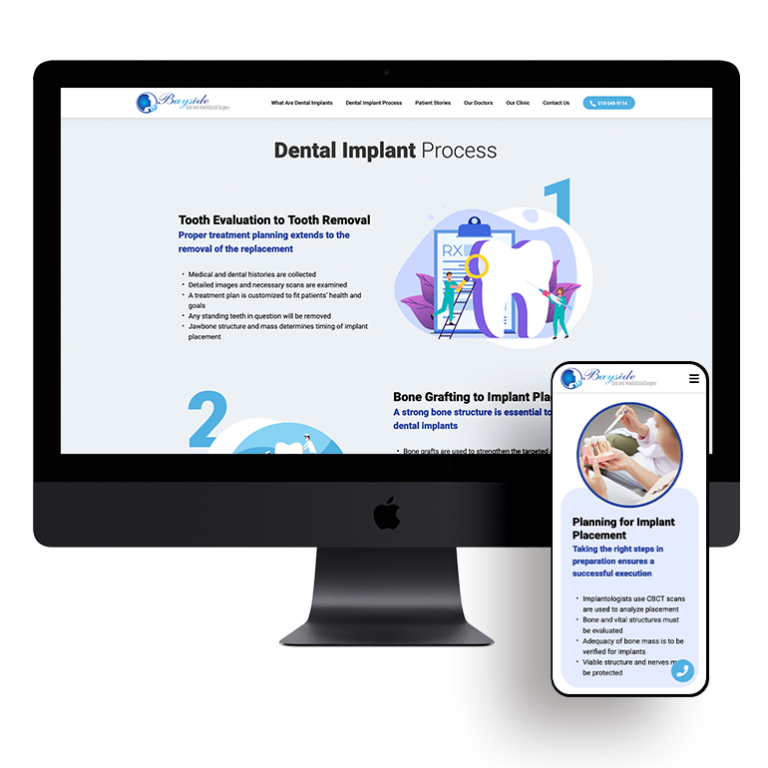




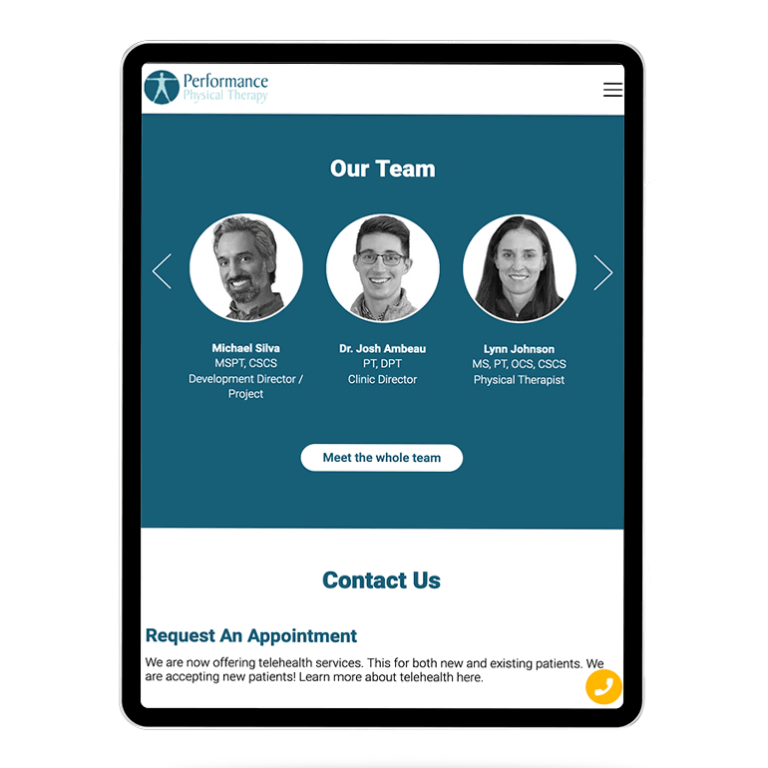

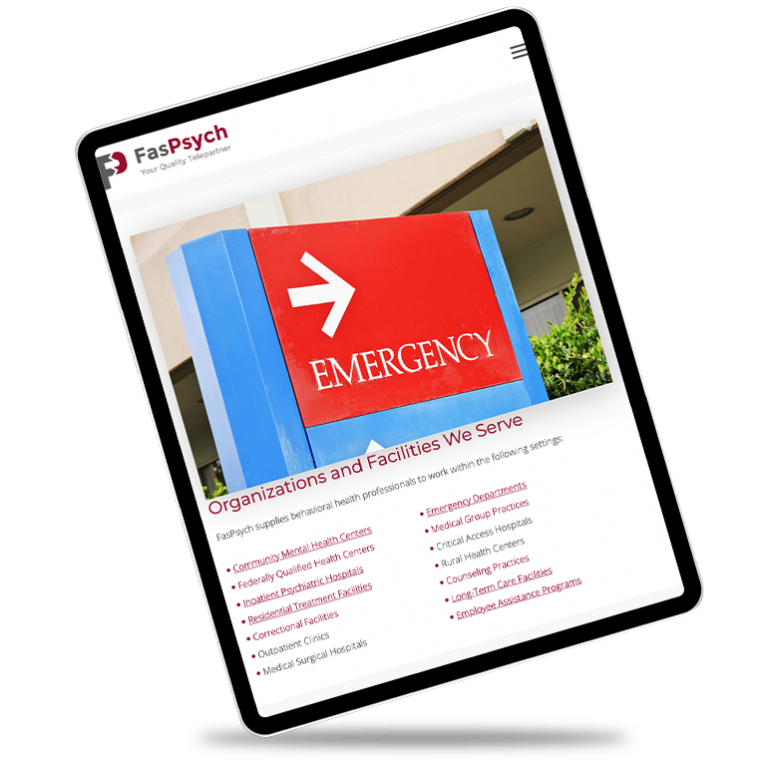
 Smart Design Creates New Patient Opportunities
Smart Design Creates New Patient Opportunities